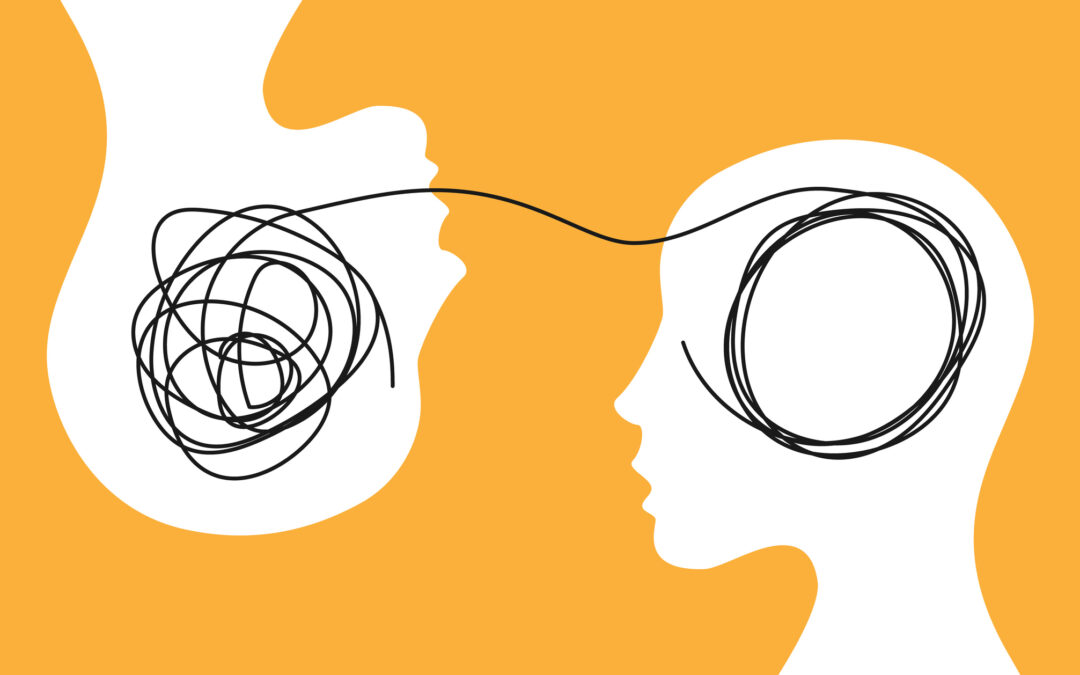If you have been in therapy before or are currently looking for a counselor, know you are not alone if it feels like an intimidating process. The therapy world comes with many acronyms (CBT, DBT, EMDR, ACT, etc.) and it can be daunting to identify what it is you look...

A Guide to Self-Advocacy in Therapy
- Do you have experience providing therapy to people with similar issues as mine?
- What are the different therapy approaches you practice, and which do you think will work best in our work together?
- How do you collaborate with your clients throughout the therapy process?
- How do you collaborate with other treatment team members (medication providers, case managers, etc.) when appropriate?
- Which types of coping skills do you normally help your clients learn and practice?
- How do you measure progress?
- What can I do if I feel the treatment isn’t working for me?
- How will I know when to stop or pause therapy if I am doing well?
- What is your training (what certifications or degrees do you hold)?
- Based on what you know about me so far, do you believe we’re a good fit? Why or why not?
- Do I feel respected by my therapist?
- Do I resonate with my therapist’s approach to treatment?
- Does my therapist listen attentively to me?
- Do I feel validated by my therapist?
- Is my therapist transparent with me about their treatment approach, and do I understand it?
- Does my therapist check in with me about progress and my experiences in treatment?
- Is my therapist an ally to me?
- Is my therapist open to my feedback about what works and what doesn’t?
- Is my therapist a safe person for all pieces of my identity?
- How am I feeling about working with my therapist so far?

A Guide to Self-Advocacy in Therapy

What is your “Why”? Core Values Exercises for Anxiety Resiliency
Anxiety often prompts us to steer clear of situations that trigger fear, causing many to shrink their lives to avoid such triggers. However, understanding and embracing our core values can provide a light through the darkness of anxiety and help us reconnect with a...

Journaling and Mental Health
If you have ever had a conversation with your therapist about coping skill development, you have probably received a recommendation to begin a journaling practice. Understandably, sometimes journaling is met with skepticism - What does writing about my emotions solve,...

Empowering the Self: An Introduction to Internal Family Systems Therapy
Understanding the Internal Family Systems Model Developed by Dr. Richard C. Schwartz in the 1980s, Internal Family Systems Therapy draws on a unique perspective that views the human psyche as a family system. Just as a family consists of different members with...

Be a Better Mental Health Ally: 7 Stigmatizing Phrases and What To Say Instead
Chances are, you’ve either said or heard each of these phrases. While not typically used with ill-intent, imagine for a moment being someone who experiences the mental health challenges described, and how you might interpret these statements. Small, intentional...















